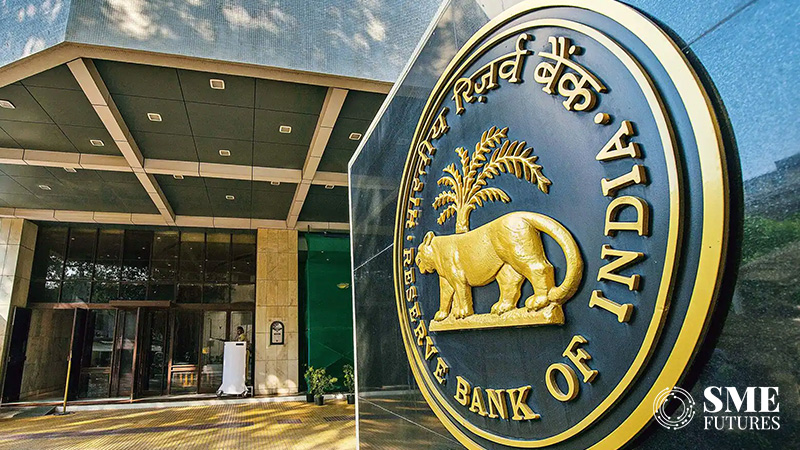Monetary policy by its nature, is a technical area of economic policy-making and it has to be forward-looking because of the lags with which policy rates change get transmitted across the markets and eventually get reflected in lending rates, mortgage rates and yields, says Michael Debabrata Patra, RBI Deputy Governor.
During the 9th SBI Banking and Economics Conclave in Mumbai on Thursday, he said monetary policy can only hope to address future inflation, not today’s inflation.
Patra also said that next week, deliberations would start for the next policy review to be announced in the first week of December and will have to depend on inflation data for October and growth data for July-September coming out on November 30.
“Today, inflation is at levels not seen in four decades, impervious to aggressive and front-loaded monetary policy tightening across the world. The existential question being asked is whether the world is permanently shifting from a low-inflation environment to a high-inflation one. The time has come to review the objectives of monetary policy,” he added.
Also Read: Upcoming budget should focus on private investments, consumption & employment creation
The RBI Deputy Governor said forecasts can be made into the future, but they are based on backwards-looking information from one to three months ago.
“And they can be thrown off course by unanticipated shocks that hit them in the future,” he said, adding that goal variables were moving over time and so monetary policymakers have to take into account not their known positions but their uncertain future trajectory. “Then they have to shoot forward – getting the angle right is crucial to taking the shot,” Patra counted.
In this challenging situation, he said, monetary policymakers sift through an ocean of information – high-frequency indicators; forward-looking surveys; expectations of market participants, professional forecasters and analysts; econometric models; sentiment analysis based on artificial intelligence and machine learning techniques; all as a part of trying to guess the likely future path of the goal variables.
The Deputy Governor also said there was a growing body of work on the new approach of textual analysis that is challenging economists and providing new insights into monetary policy decision-making. In the RBI, he said, the central bank was conducting studies on monetary policy communication by text processing the minutes of the MPC at multiple levels using text mining techniques.
Also Read: Union Labour Ministry summons Amazon India over recent layoffs
“The preliminary findings are that the length of the minutes was higher during 2019 – presumably reflecting deliberations on rate cuts -, in periods following different waves of COVID-19 and after the start of the war in Ukraine,” he said, adding that the minutes were fairly readable and readability levels were consistently maintained.
“In the period following the war in Ukraine, sentiment deteriorated among both internal and external members,” Patra concluded.











